Hinduism believes that nature is the ultimate expression of divinity. It is from nature that all life springs, and it is into nature that we ultimately return. Every part of our existence—whether the air we breathe or the resources we use—is a gift from the natural world. Thus, the Sanatan Dharma honors nature as God’s sacred embodiment. Water, for one, is revered for its life-giving power, and rivers are worshipped as mothers—among whom, the Ganga River holds the most pious position in our culture. Ganga Maa is much more than just a river originating from the Gangotri Temple; she is the very mother of Indian civilization.
According to folklore, the Ganga River descended from the heavens, flowing from Lord Shiva's locks to purify the earth and cleanse humanity of its sins. The stories of King Bhagirath’s devotion, which moved the celestial river to grant moksha to his ancestors, are central to India’s spiritual fabric. These folktales reflect the profound spiritual and cultural bond between the Ganga Maa and the people, something far beyond mere geography.
In this article, we explore the holiness of the Ganges through the lens of her most sacred abode—the Gangotri Temple. We delve into the temple’s religious significance, the history of Gangotri Temple, the vibrant traditions it preserves, and the folklore it still endures. Let us learn of the glory of Ganga Maa and the divine grace she bestows upon her children.
While the title of Maa Ganga may sound self-explanatory, its essence is still immeasurable in our civilization's consciousness. Stretching over 2,500 kilometers, the Ganga sustains more than 400 million people, powers agriculture, industry, and biodiversity, and provides water to a third of India’s population. It supports ecosystems, nurtures countless species, and fuels livelihoods across its course. Revered as a sacred symbol of India’s spiritual and cultural identity, the Ganga River has also inspired efforts like the Clean Ganga Mission to preserve its legacy. Below, we delve into the religious folklore, tales, and traditions that make the Gangotri Temple & Ganga River the soul of India.
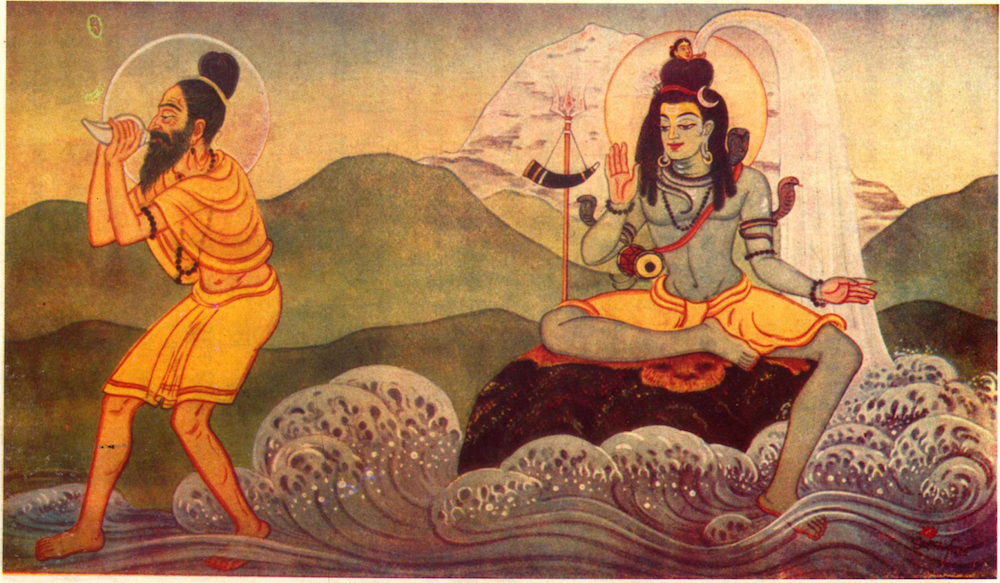
Arrival of Ganga Maa Upon Earth
In Hindu folklore, the sacred Ganga River originated in the heavens as a celestial river. The River Ganga descended to earth due to King Bhagirath, who performed intense meditation to liberate the souls of his ancestors—cursed by Sage Kapila for disturbing his meditation. After years of austerity, Bhagirath convinced Lord Brahma to permit her descent. But, to prevent the powerful force of Ganga from destroying the earth, Brahma instructed Bhagirath to seek Lord Shiva’s help. In his divine form as Gangadhar, Lord Shiva caught Ganga in his matted locks, gently releasing her onto the earth. Here she began her earthly journey from the sacred region of Gangotri Dham, where the Gangotri Temple now rests.
Another revered legend tied to Gangotri tells of a fierce cosmic battle between gods and demons. The gods, in search of the elixir of life (Amrit), fought against the demons who had overtaken heaven. The celestial battlefield was Gangotri itself, where Lord Shiva defeated the demon Shumbh and restored peace. This victory signifies the Gangotri Temple as a sacred ground where good triumphs over evil.
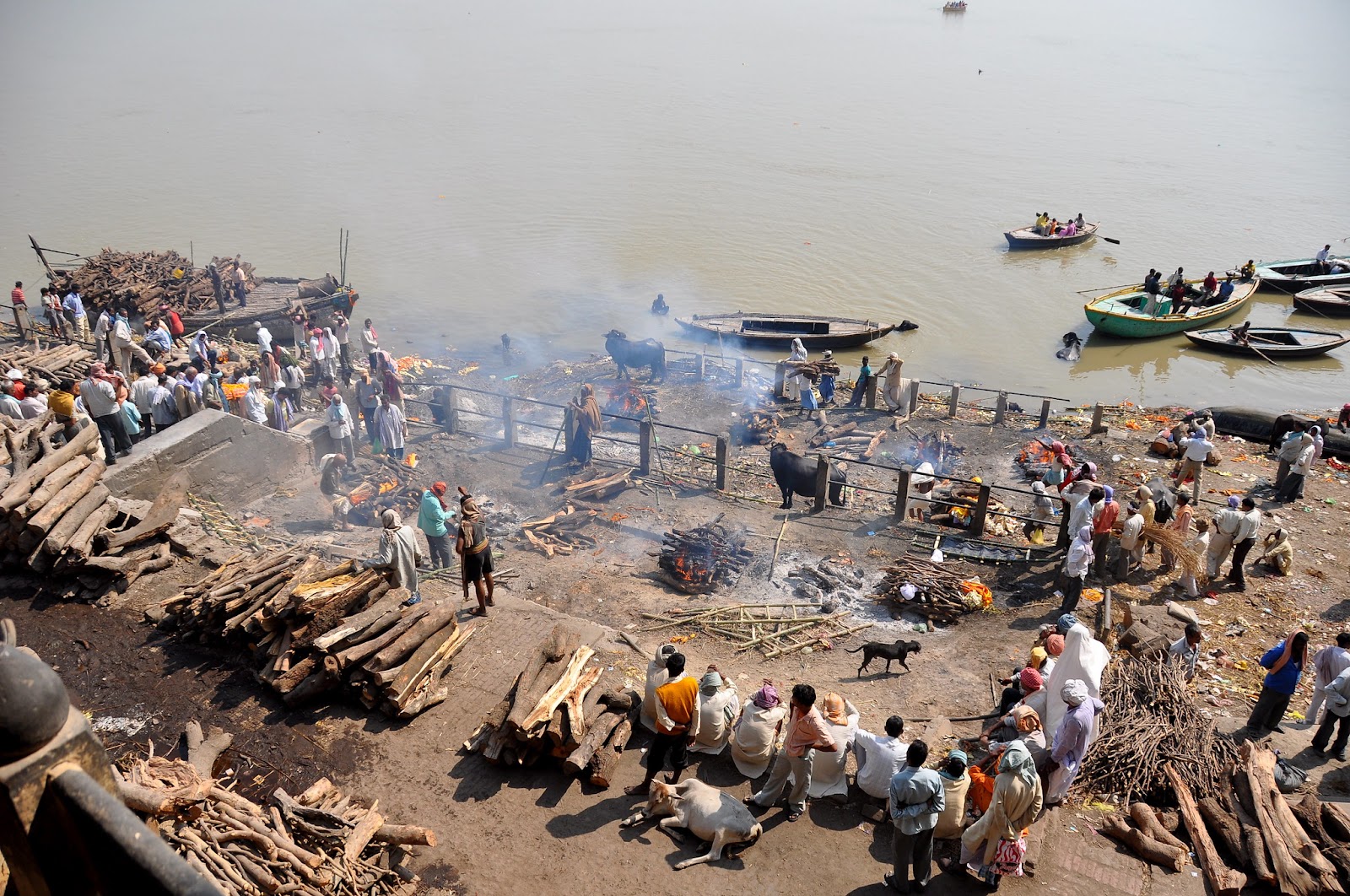
Symbol of Redemption and Moksha
The Ganges is not just a river; it is a spiritual bridge between the three worlds—heaven, earth, and the netherworld. Hindus believe that waters from the Gangotri Temple can grant Moksha, liberating souls from the cycle of birth and death. Those who breathe their last along her banks, especially in the holy city of Varanasi, achieve salvation. In Hindu cremation rituals, the ashes of the departed are immersed in the River Ganges, ensuring their souls release from the cycle of rebirth.
In the Mahabharata, the Pandavas were burdened by the deaths of their kin after the war. They performed austerity at the Gangotri Temple to seek absolution for their sins. They bathed in the holy river, praying for their ancestors’ spiritual liberation. This act of devotion cleansed the souls of their forefathers and furthered the Ganga River as one that could absolve sins and purify the soul.
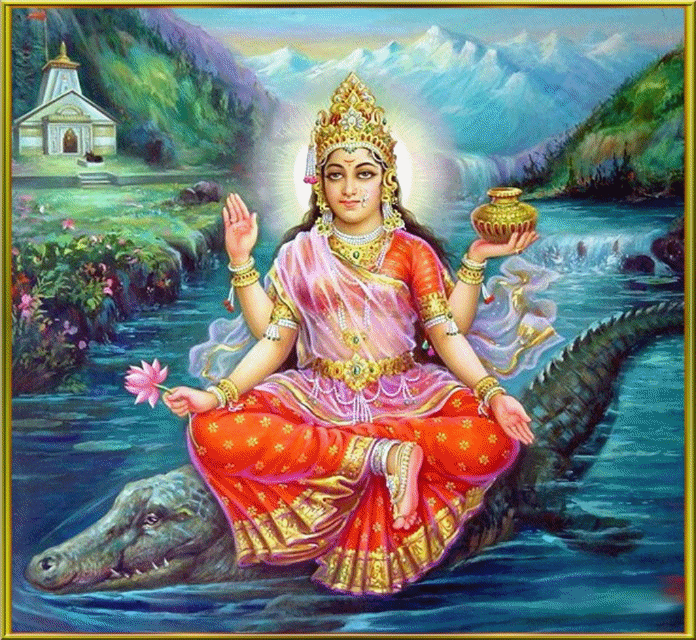
Ganga as Consort and Mother
In Hindu cosmology, Maa Ganga is both the consort of Lord Shiva and a divine mother. As a consort, the Ganga River symbolizes the dynamic energy (Shakti) that complements Shiva’s tranquility. In certain traditions, Maa Ganga is one of Lord Vishnu’s co-wives alongside Sarasvati and Lakshmi. A folktale speaks of their rivalry, leading Vishnu to separate them. Lord Vishnu assigned Sarasvati to Brahma & united Ganga with Shiva. She represents the balance of creation, destruction, and sustenance.
The origins of the Gangotri Temple date back to the 18th century. The Gangotri Temple was first constructed by the Nepalese general Amar Singh Thapa, who laid the temple’s foundational structure. Over time, the temple has witnessed several restorations, each preserving its sanctity and grandeur. One of the most significant restorations was in the early 20th century, under the guidance of King Madho Singh II of Jaipur. He ensured that the temple's majestic presence sustained despite the passage of time.
The spiritual journey of the Ganges begins at the town of Devprayag, where the rivers Alaknanda and Bhagirathi meet to mark the beginning of the Ganges River. While the Alaknanda, which flows from the greater Alaknanda Glacier, is important hydrologically due to its length, the Bhagirathi is considered the source stream in Hindu mythology. Hindus see this convergence as the literal and symbolic birthplace of Maa Ganga on Earth, as she flows from the serene Himalayan foothills towards its children in the India plains.
The Gangotri Temple is a beautiful example of the North Indian Nagara-style architecture, with simplicity and divine elegance in its design. Built from gleaming white granite, the temple stands tall against the majestic Himalayan mountains. The Gangotri Mandir also reflects elements of the Katyuri architectural style, influenced by Nepalese traditions.
Inside, the Gangotri Mandir has two main sections: the Garbhagriha (sanctum) and the Sabhagriha (assembly hall). The Garbhagriha has the idol of Goddess Ganga, while the pilgrims gather to pray in Sabhagriha. The intricate details of the Gangotri Mandir and its serene environment further add to its spiritual mystique.
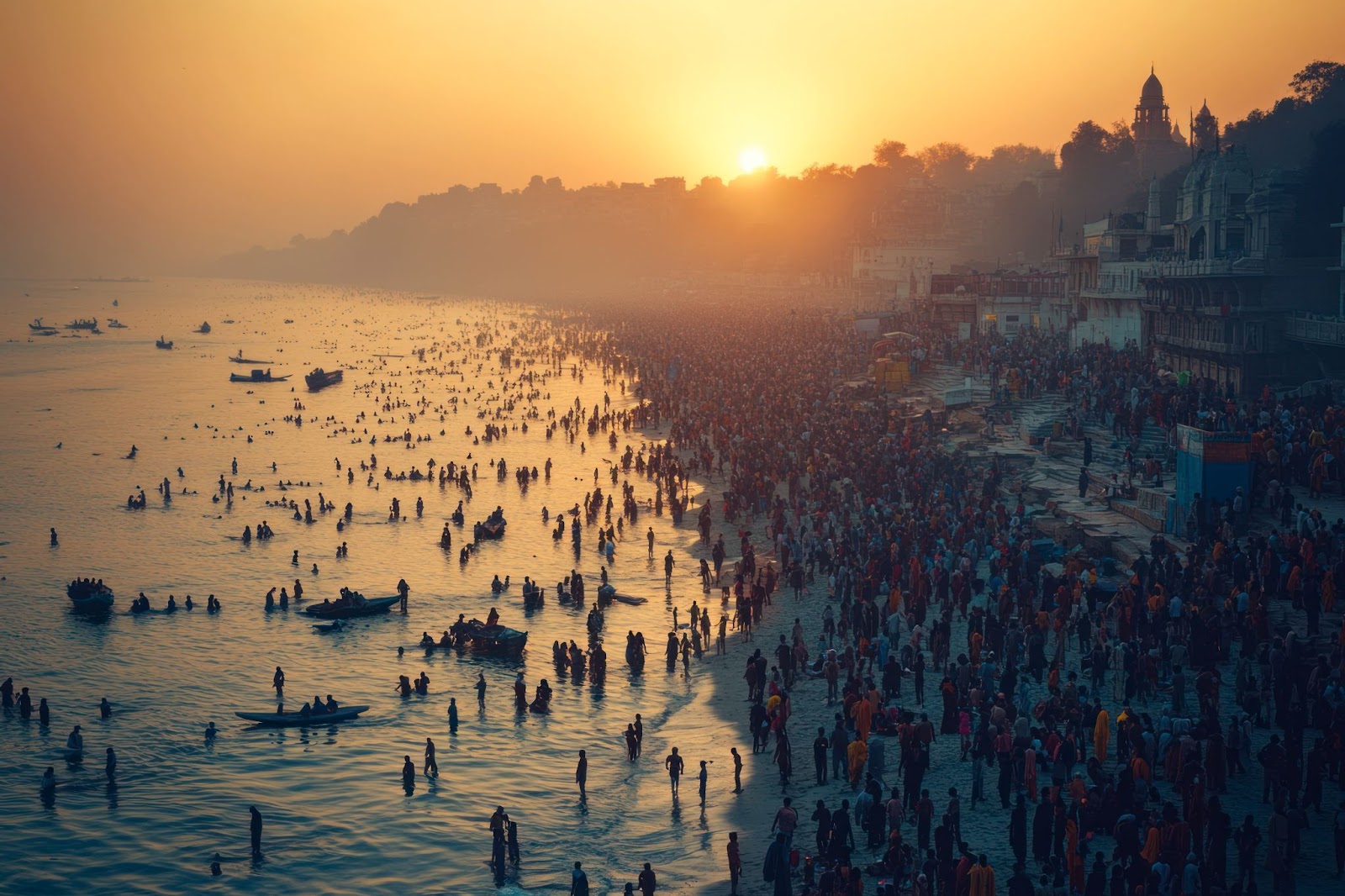
Ganga River
Across the nation, various groups and communities carry different traditions & occasions that feature the River Ganges. Here are some of the most relevant ones:
Devotees celebrate Ganga Dussehra annually to mark Maa Ganga’s arrival to Earth. Thousands of pilgrims come to witness sacred rituals and ceremonial baths in the holy river, honoring Ganga's purifying power.
On the seventh day of Vaishakha's first fortnight, Ganga Jayanti celebrates the rebirth of Maa Ganga at Gangotri Temple. According to legend, the goddess destroyed Sage Jahnu's hut during her descent. In response, the sage drank the river's entire flow but later released it from his ear, and Ganga earned the name "Jahnavi." Pilgrims celebrate this day with special prayers and rituals.
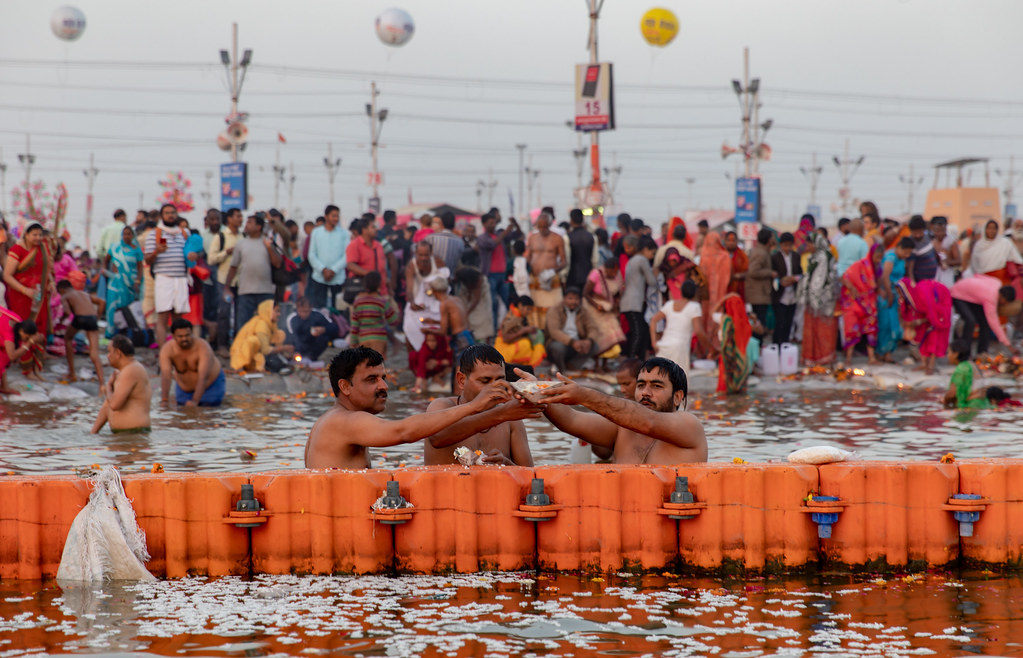
Kumbh Mela
Although not hosted at Gangotri, the Kumbh Mela is deeply connected to the sacredness of the River Ganges. Held every 12 years at various locations like Haridwar, Prayagraj, and Ujjain, it is a spiritual event where millions of devotees bathe in the Ganga to cleanse their sins and attain moksha.
Every year, the temple closes for the winter season, and the officials transfer the idol of Goddess Ganga to Mukhba, a nearby village. This marks the end of the pilgrimage season and ensures the temple remains active with devotion in other regions.
Gangotri is one of the four sacred destinations on the Chota Char Dham pilgrimage, attracting devotees during the Char Dham Yatra season. This spiritual journey connects Gangotri with other revered shrines like Yamunotri, Kedarnath, and Badrinath.
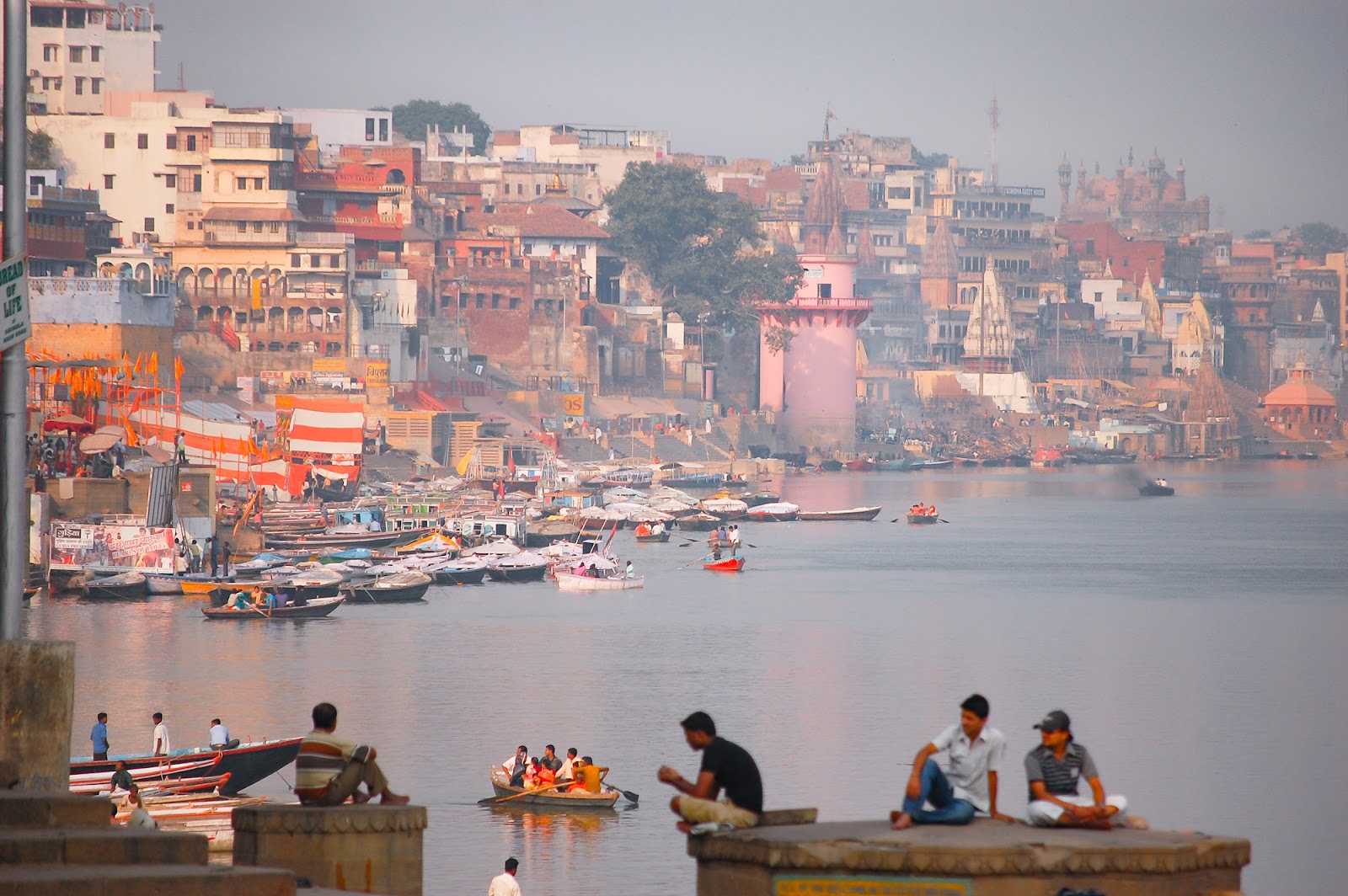
Sanctity of Gangotri Temple
Do you wish to experience the spiritual grandeur of Maa Ganga, the divine mother of Sanatan Dharma? If yes, then BizareXpedition is your perfect partner for a soul-stirring journey to the sacred Gangotri Temple! Our Gangotri Yatra offers more than just a visit to a temple—it’s a deep dive into the revered essence of spirituality. Experience the breathtaking natural beauty of the Gangotri Dham as you connect with the embodiment of purity and grace.
With over 10 years of experience in creating impactful spiritual journeys, BizareXpedition has designed a range of thoughtfully curated travel packages to ensure each pilgrim finds what they are searching for. Whether you opt for our Gangotri Yatra, Gangotri Yamunotri Yatra, Do Dham Yatra, or Char Dham Yatra packages, we promise that every step of your journey will resonate with peace, devotion, and cultural exploration.
Note:
The Gangotri Temple remains open for six months each year, closing for the winter season. The Gangotri Temple closing date 2024 was November 2, and the Gangotri Temple opening date is April 30, 2025. During the winter months, the officials move the idol of Goddess Ganga to the village of Mukhba. Pilgrims can visit Mukhba for darshan until the Gangotri temple reopens.
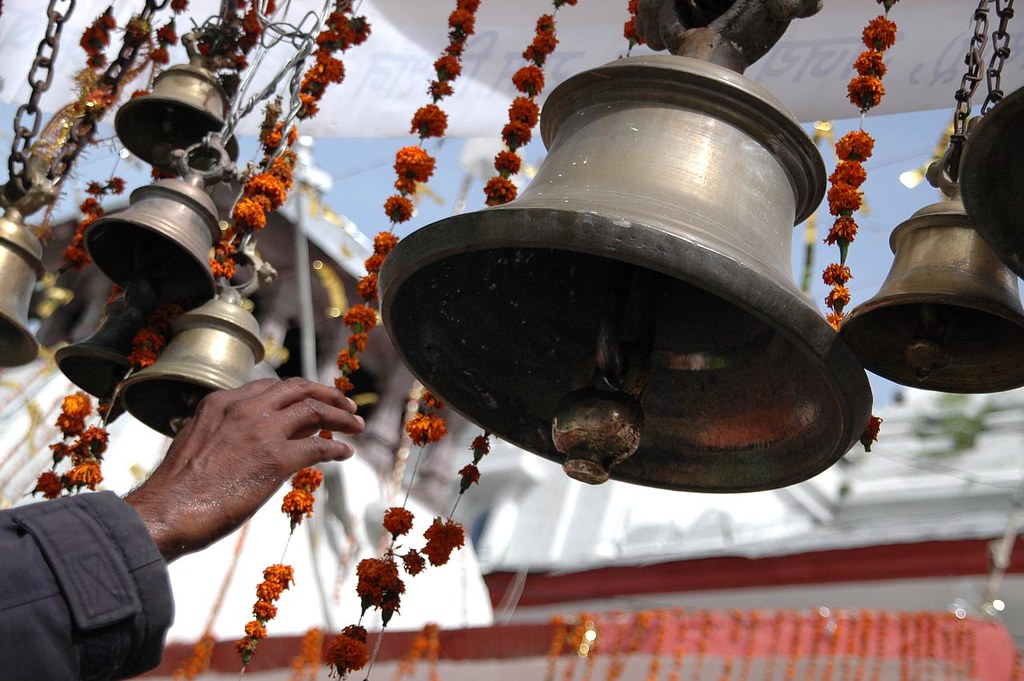
Gangotri Temple
With more than a decade of experience in organizing transformative pilgrimages in the hills of Uttarakhand & Himachal, BizareXpedition ensures that your Gangotri journey is seamless, safe, and spiritually enriching. Our expert team guides you through every aspect of the journey, from the moment you book until you return home.
Our dedication to top-notch services has earned us praise from the likes of TripAdvisor as well as recognition by the Uttarakhand government. Our commitment to excellence shows in the trust pilgrims place in us year after year.
We believe that the path to God should not cost beyond one’s means. That is why our comprehensive, budget-friendly packages cover all aspects of your trip. You can focus on your spiritual connection without any worries about logistics or costs.
We have designed our Gangotri trip packages for an unforgettable experience, from comfortable accommodations to thoughtfully planned itineraries. We ensure your journey is hassle-free, so you can focus on what truly matters—connecting with the divine.